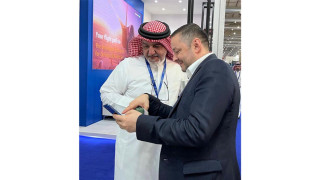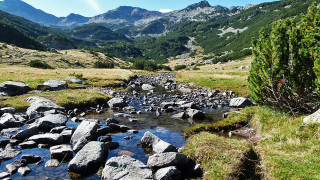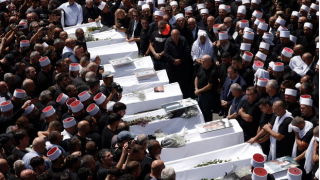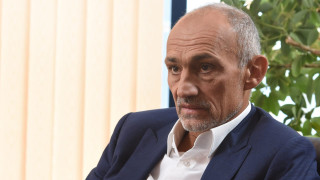The Iranian president, Ebrahim Raisi, was holding court to a small group of journalists at the Millennium Hilton in New York on his first visit to the United States since his election in June 2021. At home, protests over the death in police custody of Masha Amini, a 22-year-old Kurdish woman, were entering their sixth day.
At the start of the meeting, a 10-minute film was shown, part patriotic travel brochure and part paen to how the Iranian people “live peacefully together in a new model of democracy”. Given the events in Iran, it seemed like the kind of absurd propaganda only a severely self-deluded regime would screen.
Raisi’s minders were reluctant to take questions about the protests, but when he agreed, he became fiercely animated about western double standards and spoke so loudly that the words of the mild-mannered translator became hard to discern through the headphones. No final determination had been made into Amini’s death, but preliminary evidence showed a stroke or heart failure was the cause, he said. He cited statistics that 81 women had been killed in the UK in a six-month period. “How many times each day in the US are men and women killed every day at the hands of law enforcement personnel?”
Two weeks on and it is clear that Raisi had little idea of the forces that were being unleashed inside his country. It is still not clear whether the protests are over, despite mass arrests and scores of deaths. Nor is it clear if the older Iranian leadership believe they are facing an existential threat that requires them to change tack.
Nazanin Boniadi, a British-Iranian actor and Amnesty International ambassador, takes the view that something new has emerged on the streets of Iran.










Leave a comment